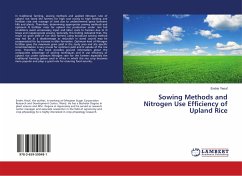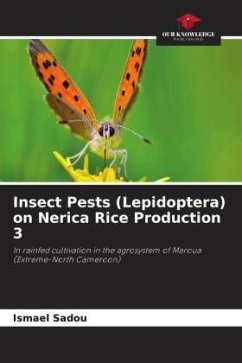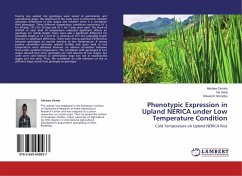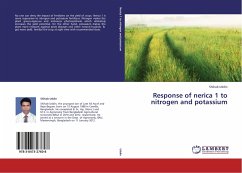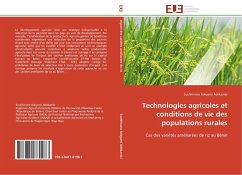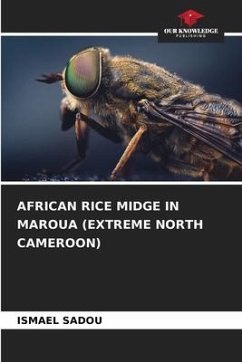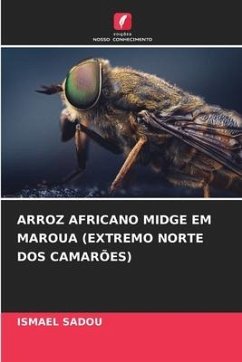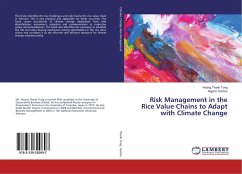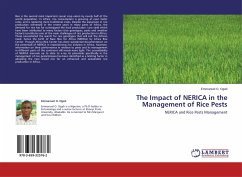
The Impact of NERICA in the Management of Rice Pests
NERICA and Rice Pests Management
Versandkostenfrei!
Versandfertig in 6-10 Tagen
32,99 €
inkl. MwSt.

PAYBACK Punkte
16 °P sammeln!
Rice is the second most important cereal crop eaten by nearly half of the world population. In Africa, rice consumption is growing at even faster rates, and is replacing more traditional crops. Despite the expansion in rice production witnessed in the recent years in many parts of Africa, the demand for rice has far outstripped the local production. Low yield which have been attributed to many factors (rice genotypes, pests and weather factors) constitutes one of the main challenges of rice production in Africa. These necessitated the search for rice genotypes that will suit the African need, ...
Rice is the second most important cereal crop eaten by nearly half of the world population. In Africa, rice consumption is growing at even faster rates, and is replacing more traditional crops. Despite the expansion in rice production witnessed in the recent years in many parts of Africa, the demand for rice has far outstripped the local production. Low yield which have been attributed to many factors (rice genotypes, pests and weather factors) constitutes one of the main challenges of rice production in Africa. These necessitated the search for rice genotypes that will suit the African need, hence the birth of New Rice for Africa (NERICA) by Africa Rice Center. Though Africa Rice Center has done substantial documentation on the potentials of NERICA in repositioning rice industry in Africa, however, information on their performance in relation to pests and its management in different parts of the continent still needs more light. The unavailability of NERICA manuals up to date tox-ray its potentials specifically in the management of rice pests/stresses has been identified as a limiting factor in adopting the new breed rice for an enhanced and sustainable rice production in Africa.




